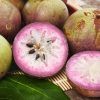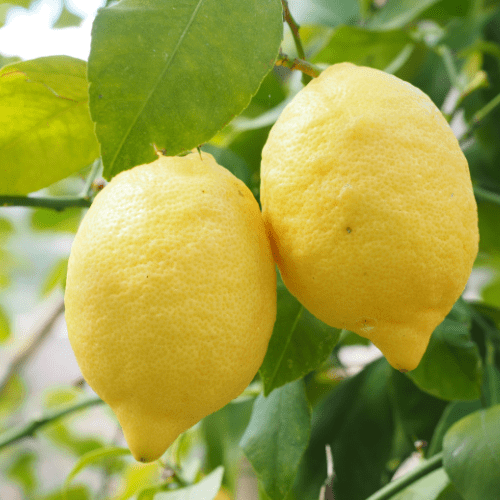Position
Choose a sunny location for the tree, as Star Apples need full sunlight (at least 6-8 hours a day) to grow and produce fruit successfully.
If planting multiple trees, plant the trees about 10-15 meters apart. The canopy can spread widely, so give it plenty of room to grow.
If planting in a pot or container, choose a large container with good drainage.
Soil
Star Apple trees require well-draining, loamy, or sandy soil. The soil should NOT be light and clayey, which can lead to root rot.
The ideal pH is slightly acidic to neutral, typically 5.5 to 7.5. Add at least one bag of acid compost.
It’s advisable to incorporate compost or well-rotted manure to enhance soil fertility.
Watering
While Star Apple trees are drought-tolerant once established, they do best with consistent watering, especially when young.
Water the tree regularly to keep the soil moist but not waterlogged.
Deep watering is preferred over frequent shallow watering, encouraging deeper root growth.
During dry spells, water the tree at least once a week. Adjust watering during rainy seasons to avoid waterlogging.
Fertilising
Star Apple trees are heavy feeders and will benefit from regular fertilisation. Compost, well-rotted manure, or worm castings are also great options. They help improve soil fertility and overall plant health.
Apply our slow-release all-plant fertiliser. Apply 1 teaspoon every 4-5 months. The roots will absorb what they need.
Alternatively, apply a balanced fertiliser (such as 10-10-10) in early spring before new growth begins. Thereafter fertilise annually in early spring.
Mulch
Mulch around the tree’s base to retain soil moisture, suppress weeds, and improve soil fertility.
Use from 2 to 5 centimetres of pine bark mulch to protect the roots from UV damage and drying out. It retains moisture and maintains an optimal pH. Do not let the mulch touch the plant stem, as it may cause infection or rot.
Re-apply every 3-4 months.
Pruning
Pruning helps maintain the tree’s shape and encourages healthier growth and fruit production. Prune the tree annually after the fruiting season to remove dead, damaged, or diseased branches.
If the tree becomes too tall or wide for easy harvesting, you can trim the height and shape the canopy to facilitate easier access to the fruit.
Pests and Diseases
Check for common pests like mealybugs, aphids, and scale insects.
Star Apple trees are susceptible to fungal diseases like powdery mildew and root rot if the soil is too wet.
Ensure good air circulation to prevent fungal diseases. Avoid overhead watering to reduce humidity around the foliage.
Treat promptly or preferably use preventative measures by spraying with agricultural Neem Oil or Effective Microorganisms (EM Control)
Pollination
Star Apple trees are self-pollinating; only one tree is needed to produce fruit. However, having multiple trees can increase the fruit yield.
The flowers are typically white or pinkish and are pollinated by bees.
Harvesting
Star Apples are ready to harvest 3-5 years after planting.
When ripe, the fruit should be soft to the touch and may slightly change colour.
When ripe, gently twist or cut the fruit from the tree. Handle the fruit carefully, as it can be delicate and bruise easily.
Common Problems and Solutions
Poor fruiting: If your tree isn’t producing fruit, it could be due to inadequate sunlight, poor soil, or insufficient water. Ensure the tree is receiving full sun and regular feeding.
Leaf yellowing: This can be a sign of nutrient deficiencies, particularly nitrogen. Use a balanced fertiliser and ensure the tree has good soil drainage.
Leaf drop or wilting: If the tree is losing leaves or showing signs of wilting, it may be affected by root rot or a pest infestation. Check the roots and leaves for signs of infection.






